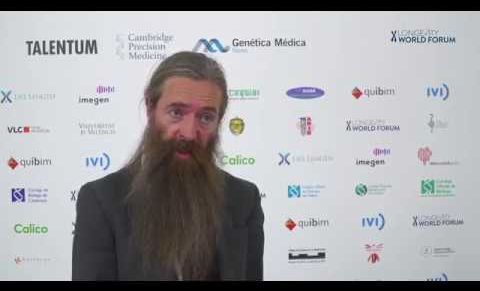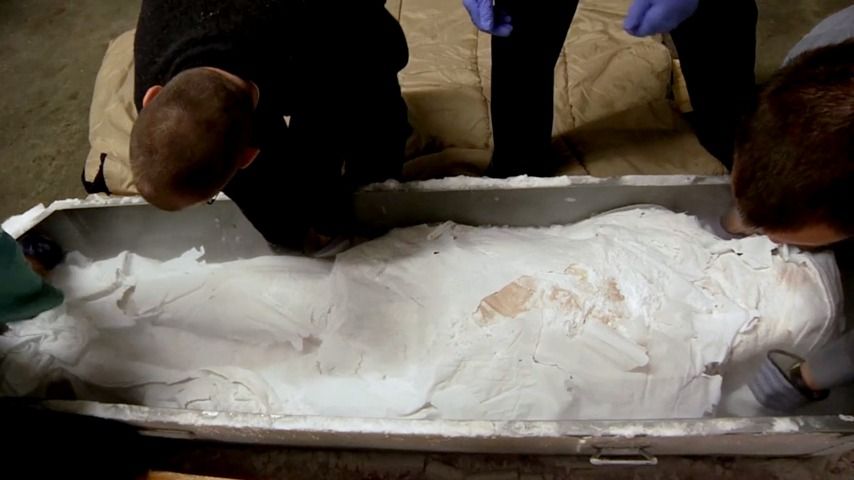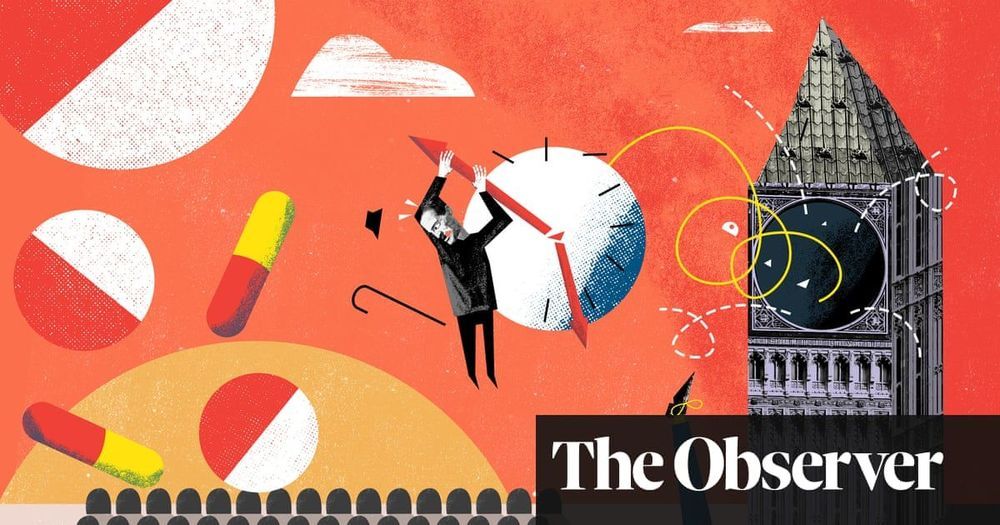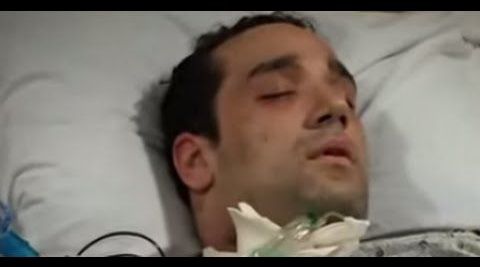Jun 25, 2019
Increasing NAD+ Levels for Super Longevity at RAADfest
Posted by Paul Battista in categories: biotech/medical, life extension
Another great addition to #RAADfest2019 #cureaging #NAD #superlongevity
Dr. Nichola Conlon, Nuchido CEO & Co-founder, chats with James Strole, Director of the Coalition for Radical Life Extension, about what she’s bringing to RAADfest 2019: Increasing NAD+ levels in middle-aged people to a level comparable with people 17 years younger with the data to back it up.
Nuchido has pioneered the use of systems pharmacology and clinical research to boost and maintain NAD. In a scientific world-first, the team achieved the biggest increase of NAD in humans reported by any scientific group.
Continue reading “Increasing NAD+ Levels for Super Longevity at RAADfest” »

















